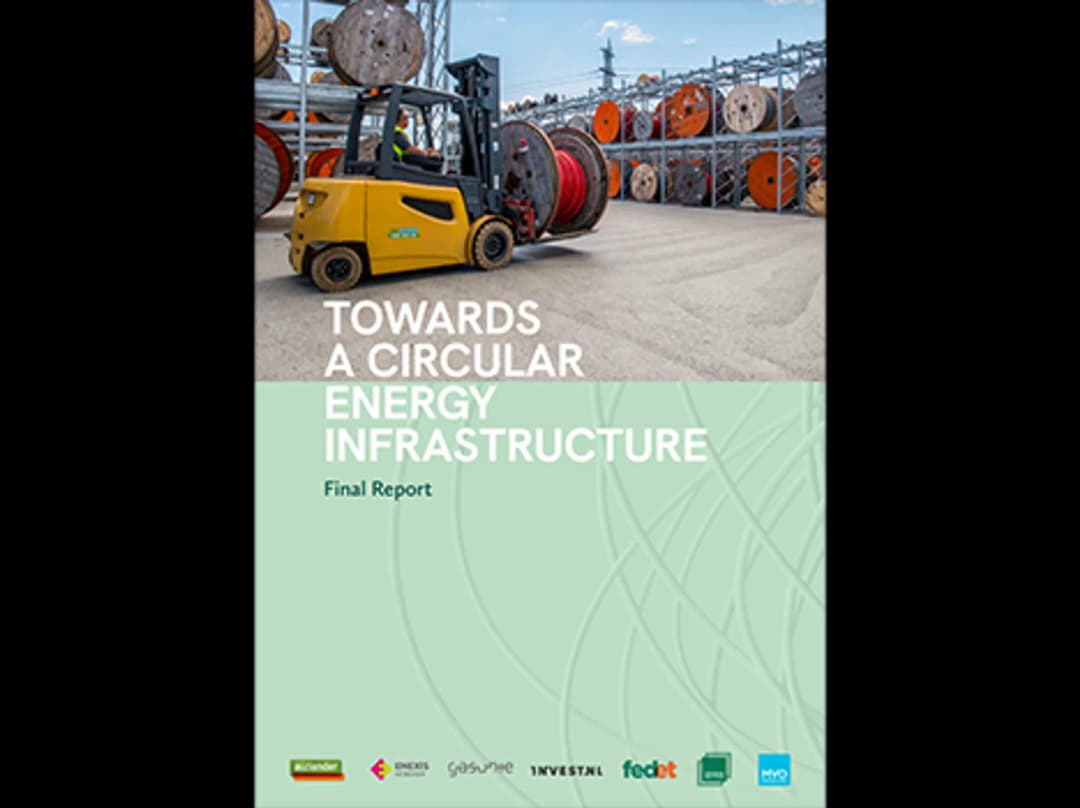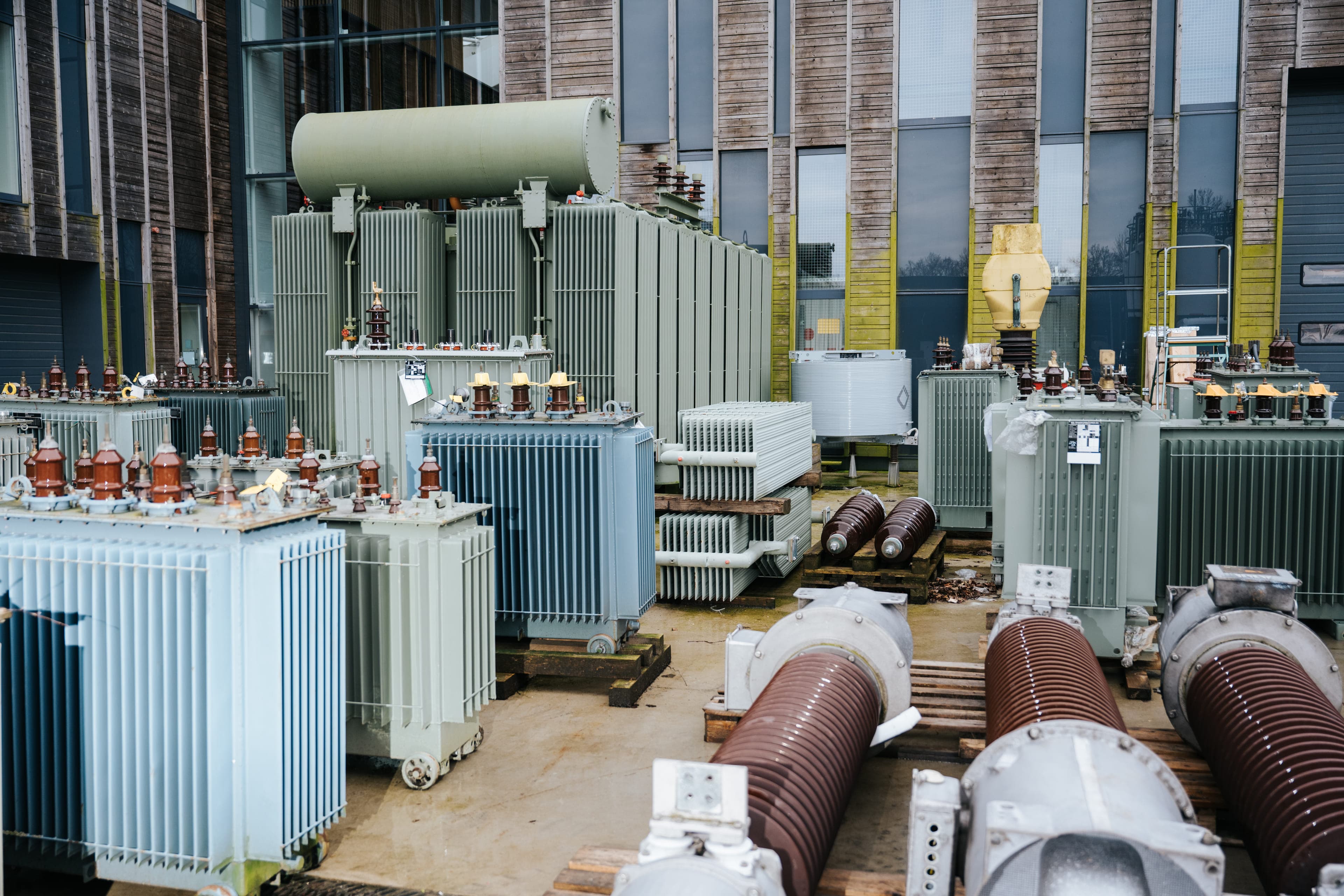
Energy
—13 september 2024
September 13, 2024
3 minutes

The Dutch energy transition presents a significant challenge: millions of tons of materials are needed to enable the infrastructure for sustainable energy. This is associated with high costs, negative environmental impacts, and increasing uncertainty about the availability of materials. The solution lies in transitioning to circular material use. The new report ‘Towards a Circular Energy Infrastructure’ makes seven concrete recommendations to take the step towards a circular energy infrastructure. The findings show that you can work more quickly and cost-effectively by applying circular strategies in the core activities of network management.
To shape the energy transition in a sustainable and feasible way, a new approach is needed. We must move away from the linear method and work towards a circular system. Invest-NL has supported a study, carried out by grid operators Enexis, Alliander, Gasunie, and Stedin, in collaboration with manufacturers, suppliers, and industry association Fedet.
The result? Seven concrete recommendations that help parties in the energy infrastructure sector to realise a circular energy infrastructure. These recommendations help make the energy transition feasible and sustainable and form the basis for a future-proof energy network.
The common goal is to reduce primary raw material use by 50 percent by 2030. This change provides a solid basis for the future and reduces risks related to resource scarcity.
The next phase of this transition involves the implementation of circular solutions in practice. In 2024, three sprints will be carried out by grid operators to explore circular possibilities, such as using recycled plastic in cables, upgrading power transformers, and developing circular steel. This practical approach ensures that the transition is not just theoretical but can actually be realised.
Want to learn more about this project? Read the story
Diederik Apotheker
theme expert Next Generation Power
